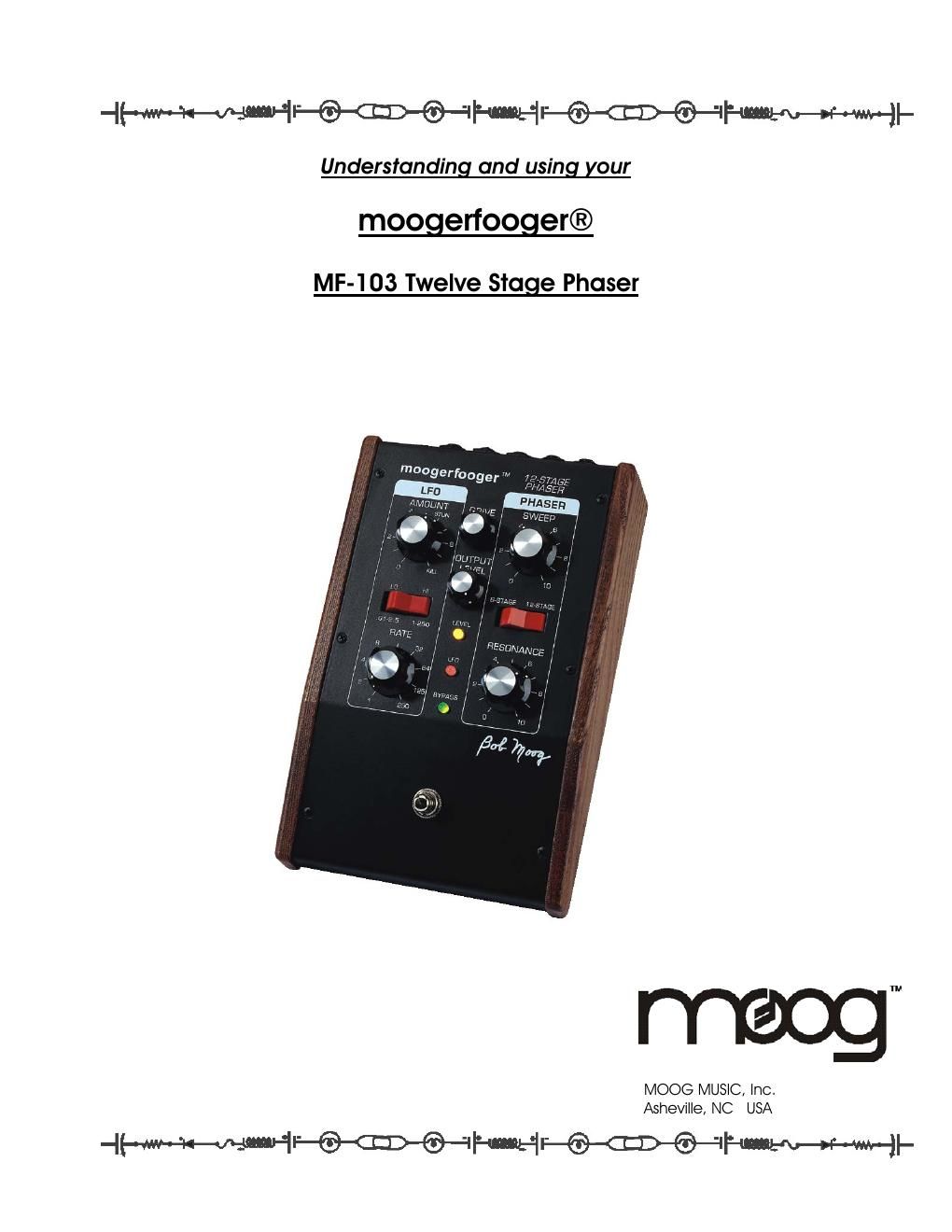Moog mf 103 owner manual
This is the 16 pages manual for moog mf 103 owner manual.
Read or download the pdf for free. If you want to contribute, please upload pdfs to audioservicemanuals.wetransfer.com.
Page: 1 / 16
